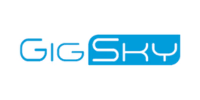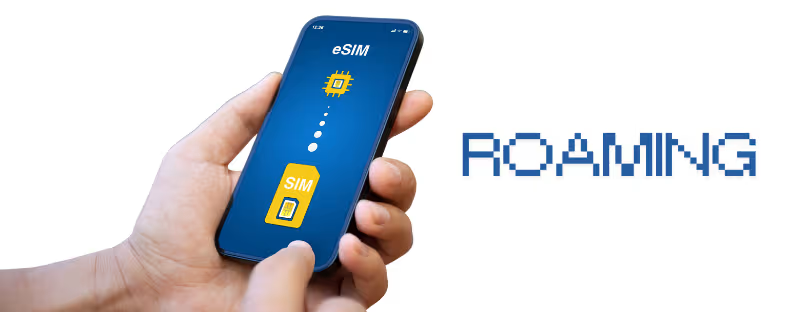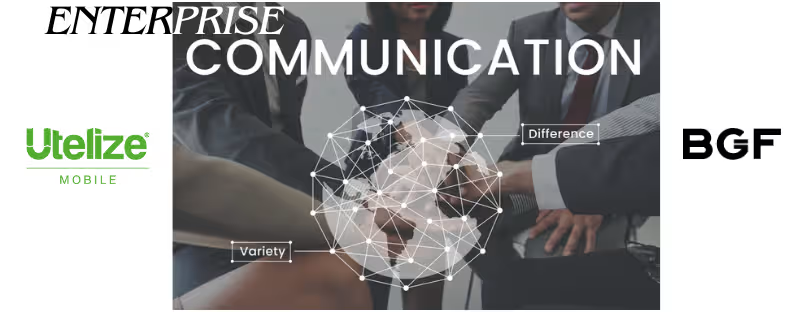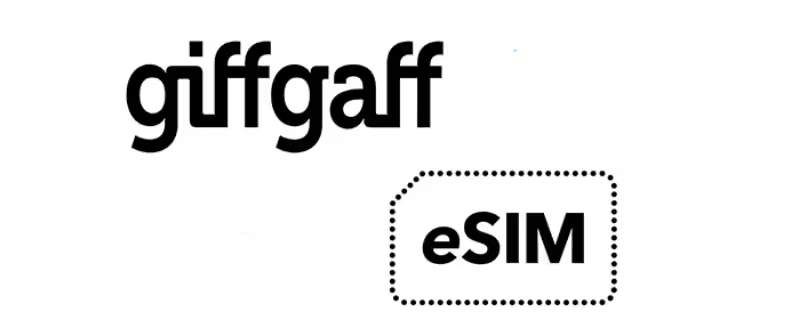
Holafly hits $500M: what that milestone really signals
Spanish travel eSIM specialist Holafly says it has surpassed $500 million in cumulative revenue “since the end of the Covid-19 pandemic,” crediting expansion into key markets and surging eSIM adoption. The company framed the figure as a post-pandemic milestone on its scale-up journey.
Why this milestone lands now
Two currents converged:
(1) devices and platforms normalizing eSIM as the default, and
(2) travelers actively seeking roaming alternatives. Analysts now expect travel eSIMs to quadruple from ~70M in 2024 to ~280M by 2030, with retail spend projected in the multi-billion range—tailwinds that lift anyone with distribution and brand recognition. Major media and research—CCS Insight via TechRadar and Le Monde—have both spotlighted how travel eSIMs are eroding traditional roaming.
Holafly’s recent growth signals
Holafly has been telegraphing scale for months: it reported 10M+ eSIMs sold and a push into enterprise accounts over the summer. Today’s revenue marker adds a financial layer to those unit and B2B storylines. Put together, it suggests the company is monetizing not just on volume but also on product mix (unlimited data SKUs, business bundles) and better market coverage.
Holafly stands apart by putting simplicity and user trust at the center. Unlike providers who sell rigid gigabyte bundles, Holafly’s unlimited data plans allow travelers to stop worrying about consumption and focus on their journey. Installation takes minutes, the eSIM connects instantly to the best local operator, and customer support is available 24/7 in 18 languages.
“Crossing the $500 million mark is a milestone that speaks to the scale of the opportunity ahead,” said Pedro Maiquez, co-founder of Holafly.
“We went from an idea in the middle of Thailand to a scale-up reshaping the way people travel. And yet, we see this milestone not as the finish line, but as the beginning of a much larger journey. Our ambition is to become the preferred choice for every traveler worldwide.”
The company’s rise has been fueled by macro shifts: the rebound of global tourism, the mainstream adoption of remote work, and the transition to eSIM-only devices such as Apple’s iPhones and Google’s Pixel line. For today’s traveler, being able to stay online is no longer optional; it is as vital as accommodation and safety.
How it stacks up against rivals
Airalo remains the category’s pace-setter on headline metrics—20M users and the eSIM sector’s first unicorn round in July—giving it the largest owned audience and war chest. Holafly’s $500M cumulative revenue claims a different crown: monetization depth since 2021/22. In short, Airalo leads on user scale and capital; Holafly is signaling revenue throughput and B2B traction. Both benefit from the same macro adoption wave.
The market context (and headwinds) you shouldn’t ignore
eSIM growth is real, but it isn’t friction-free. Some regulators are pushing back—Turkey’s BTK, for instance, moved against several global travel eSIM brands in July—creating compliance costs and forcing rerouting of provisioning. On the device side, momentum is unmistakable: more OEMs are nudging users toward eSIM-first experiences, which accelerates awareness and lowers setup friction for travel products. Net-net: structural growth with episodic regulatory hiccups.
What the $500M tells us (and what it doesn’t)
Cumulative revenue is a useful velocity check, not a P&L. It doesn’t reveal margins (wholesale data costs vary by country and contract), customer acquisition efficiency, or retention. But the number does imply that post-pandemic travel and eSIM familiarity have translated into cash, not just installs—and that Holafly’s geographic expansion strategy is working. Telecompaper’s read that Holafly did ~$200M in 2024 alone triangulates with strong 2025 guidance.
What Holafly’s $500M actually tells us about eSIM
Half a billion isn’t a vanity stat—it’s proof travel eSIM has crossed the chasm. People now buy connectivity like they book a room: fast, predictable, and in-app. Here’s what we can genuinely read from this milestone:
- eSIM is mainstream, not a hack. “Unlimited”-style packaging wins because it removes math anxiety. The category is shifting from cheapest-per-GB to zero-friction UX and trust.
- Distribution is the moat. The winners will live where trips start—airline checkouts, OTA confirmations, wallet apps, and OEM setup flows—not just in app stores. Expect more co-branded bundles.
- Devices are doing the heavy lifting. With major OEMs normalizing eSIM-first phones, physical SIM is quietly becoming legacy. That keeps lowering adoption friction.
- Operators are adapting, not surrendering. Roaming margins are under pressure, so MNOs push their own travel eSIMs and tighter wholesale. The pie grows, but unit economics compress.
- Rules matter. KYC, local numbering, throttling/FUP, and patchy carrier support still create market-by-market speed limits. Clear, upfront FUP comms will separate leaders from refunds.
- Next phase: scale + shakeout. We’ll see consolidation and a split between brand-led retailers and infra/platform players. B2B travel (teams, events) becomes a real second engine.
Competitive plays to watch next
- Platform bundling: Expect more fintechs, OTAs, airlines, and insurers to bundle eSIMs (free starter data, loyalty-tied top-ups). This has already started in pockets and will become a mainstream acquisition lever.
- Enterprise lanes: Holafly’s B2B push—alongside Nomad and others courting corporate travel and wholesale—will be a margin story, not just a volume one.
- Consolidation risk: CCS Insight forecasts a bigger pie but warns of commoditization. Expect price pressure, brand roll-ups, and heavier partnerships with MNOs/MVNOs to secure better wholesale.
Bottom line (our take)
Holafly’s “$500M since Covid” moment is credible in light of device-led eSIM adoption and travel’s rebound, and it positions the company as one of the few players translating category buzz into sustained revenue. Airalo’s user scale and funding validate the space; Holafly’s revenue signal validates unit economics. If you’re a traveler, this competition means cheaper, simpler roaming options. If you’re an operator, it’s more proof that travel eSIM is not a niche—it’s a structural shift in how roaming gets sold.
- AIRHUB
-
eSIM for
Europe
34 countries
-
1 GB – 7 days – €2.99
3 GB – 30 days – €5.12
10 GB – 30 days – €11-09
- aloSIM
-
eSIM for
Europe
32 countries
-
1 GB – 7 days – €5.00
3 GB – 30 days – €13.00
10 GB – 30 days- €36.00
- GigSky
-
eSIM for
Europe
36 countries
-
1 GB – 7 days – €6.99
3 GB – 15 days – €11.19
10 GB – 30 days – €27.99
- iRoamly
-
eSIM for
Europe
39 countries
-
1 GB – 7 day – €6.83
3 GB – 15 days – €10.24
10 GB – 30 days – €18.77
- Maya Mobile
-
eSIM for
Europe
34 countries
-
1 GB – 7 days – –
5 GB – 15 days – €5.99
10 GB – 30 days- €13.99
- UBIGI
-
eSIM for
Europe
29 countries
-
500 MB – 1 day – €2.00
3 GB – 30 days – €8.00
10 GB – 30 days – €19.00
- VOIA
-
eSIM for
Europe
34 countries
-
1 GB – 7 days – €2.69
3 GB – 15 days – €5.05
10 GB – 30 days- €11.70
The Best eSIM Finder brings together 100+ providers in one place, giving you a clear view of everything from data limits and business options to tethering, crypto payments, coverage, travel extras, refund policies, discounts, and reviews—so you don’t just compare plans, you understand which one truly fits your needs. Start exploring today and find the plan that fits you best.



















